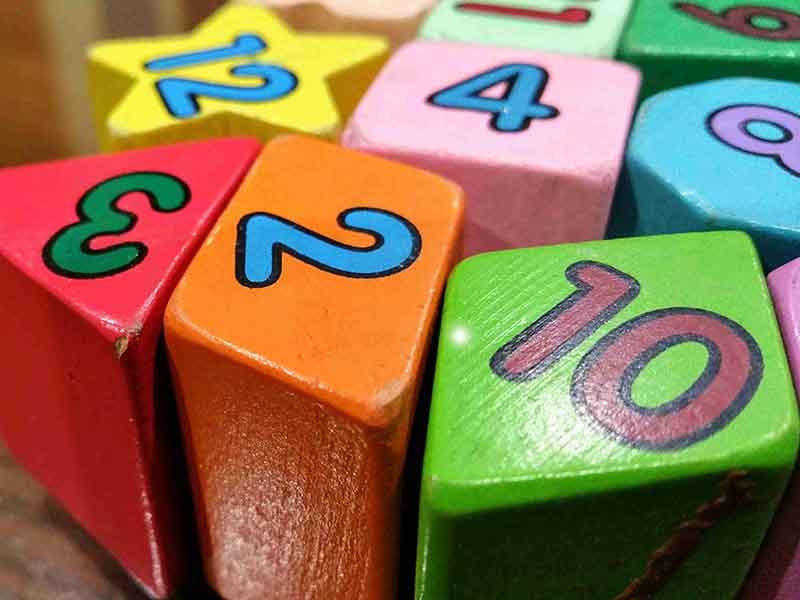
Just because it is summer does not mean you should give your kids a break from learning. The break from when that final bell rings to when it rings again come September is approximately a two and a half month break. This means your children are deprived a whole 10 weeks of learning! What a tragedy. This depravity then creates what we like to call summer learning loss.
Summer learning loss is a process that a child goes through when they are not exposed to any educational, brain enhancing activities that help them remember what they previously learned that school year. Some parents do not see the big deal with their children being unexposed to schoolwork for 10 weeks, but did you know that those 10 weeks are really detrimental to their learning process come the following year? If children are not engaged in learning over the summer, they lose about 1-2 months’ worth of skills in math and reading.
Research: A Study from Johns Hopkins University of Students in Baltimore
Sociologist Karl Alexander ran a study that tracked the progress of 650 first graders from the Baltimore public school system. The study looked at how the students scored on a math and reading skills exam known as the California Achievement test; a nationally standardized test that measures success in the areas of math, reading, and language arts. In Alexander’s study, he recorded reading scores of the first five years of these students elementary education. He broke down the socioeconomic classes into low, middle, and high class. What he soon discovered was remarkable, yet eye-opening: wealthier students have a greater advantage over the summer break because they are able to learn and be educated in ways that the poorer families cannot afford. Secondly, students lose a lot of reading skills over summer vacation. Lastly, he figured out how much the achievement gap has an effect on the students learning and retention during the year and how much of the actual loss has to do with summer vacation.
Results: Table One:
In the book Outliers by Malcolm Gladwell, Alexander’s study is mentioned and his results of what he discovered. In his first table, there was not much of a difference in the student’s knowledge and capability. Children in the first grade from the wealthier families started with a 32 point advantage over the first graders from the poorest families. Low-income families had 329 and high had 361. Sadly, when fifth grade came around, the wealthier families’ achievement gap was almost double the fifth grade poorest families. The achievement gap, according to The Glossary of Education Reform is:
“The term achievement gap refers to any significant and persistent disparity in academic performance or educational attainment between different groups of students, such as white students and minorities, for example, or students from higher-income and lower-income households.”
In simpler terms, this is basically disadvantaged kids vs. kids who come from privileged backgrounds, meaning that their academics will vary based on race and social class. Alexander mentioned how this is a typical response from observers and parents. The first one being how educational achievements are different based on race and social class and secondly, in some ways parents think the schools are not doing a good enough job teaching the students. Interestingly enough, Alexander discovered that neither of those responses is indeed true.
Baltimore did not just give the California Achievement Test at the end of the year in June. They gave the test in the beginning of the school year in September as well. This allowed Alexander to analyze something different: “And if he looked at the difference between a student’s score in June and then in the following September, he could see how much that student learned over the course of the summer,” (Outliers, 272.) By doing this, he can figure out how much the achievement gap has an effect on the students learning and retention during the year and how much the loss has to do with summer vacation.
Results Table Two:
Table two focuses on the children’s test scores and how they increased (by points,) from the time they started school in September until the time they finished in June. Once again, the total scores illustrate the total cumulative scores of the whole classroom from the time span of five years in elementary school. The total for the low-income families were 189, 215 for middle, and 184 for high. What’s crazy about this is that the first table made it seem that children of low-income families were falling behind, but this is not the case in table two. Overall, the students of low-income families fall shy behind high-income families, but it is a lot closer than what most people predicted.
Results Table Three:
These next results focus on how the children scored after summer vacation. After first grade summer break, students from wealthier families had a huge increase in score. They had a 15.38 jump as to where the low-income families had -3.67, and middle class had -3.11. As the table continues and shows the results for after second, third, and fourth, the numbers increase on all three social statuses, but not as much in the low class. The total for low class was 0.26, middle class 7.09, and high class had a whopping 52.49!
As Gladwell said, “Poor kids may out-learn rich kids during the school year. But during the summer, they fall far behind.”
What you can do to help keep your child’s brain juices flowing!
Whether you fall into the low, middle, or high socioeconomic class, there are plenty of ways to make sure your children’s brains are active during the summer. Here is a list of activities that you and your children can do, or that your children can simply do on their own.
- Read, read, and read! Have your child read by themselves, to you, or even read with them. Reading introduces them to new words for their vocabulary. Reading also teaches them better communication and logical thinking skills. Since they have the opportunity to connect with the characters, then being able to share those interactions with you, it increases their communication skills. Children gain logical thinking skills by having them recognize what is happening in a book, being able to grasp concepts and scenarios that are happening, and applying it to real life. If you do not have the money for books, have your children visit their local library or take your child to a thrift store. They sell books for as little as $1.00 and up!
- Write until you cannot write any more! Having your children write keeps their brain active. Writing encourages them to be creative and dive into their imagination. They can either write about how their day went in a journal or maybe give them an interesting and exciting writing prompt for them to respond to. This can be a creative, free write, or serious prompt. Writing, like reading, also improves communication skills because it is a tool of expression and communication.
- Take a class/ join an educational program. There are countless amounts of educational learning programs out there. Take the time to enroll your children in one so that they do not fall into summer learning loss. Educational programs offer endless help, tutoring, and boost in mathematics, writing, and reading.
- Chef it up! Have your children help you in the kitchen. They can help you measure ingredients or simply read off the list of ingredients to you. Not only are you teaching them how to cook or bake, but they are gaining math and reading skills.
- Visit or join an online educational website. A simple Google search about the various types of educational online websites will take you to endless pages of different online educational classes; some free and some costing money. If you do not own a computer, have your children visit the local library. Here are some free, well-known, and highly recommended online educational sites:
Visit your local Math Genie and enroll your child for the summer. It is a decision you will not regret!
Sources:
Duncan, Apryl. "Educational Websites for Kids That are Free." The Spruce, 19 Apr. 2017. Web.
"Achievement Gap." The Glossary of Education Reform. The Great Schools Partnership, 19 Dec. 2013. Web.
Gladwell, Malcolm. Outliers: The Story of Success. New York: Back Bay, Little, Brown and Company, 2008. Print.
"The CAT Tests." Seton Testing Service. Web.





